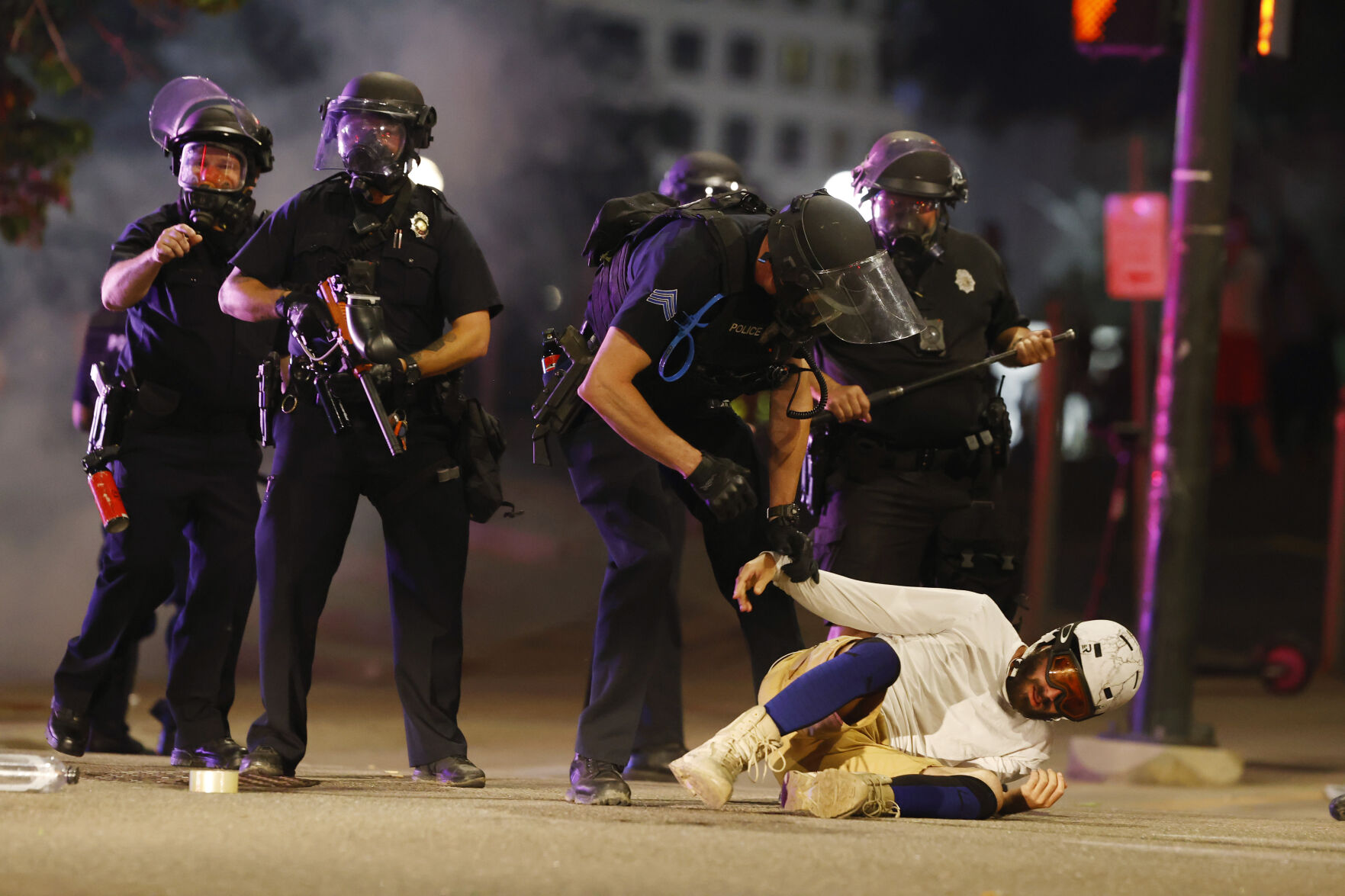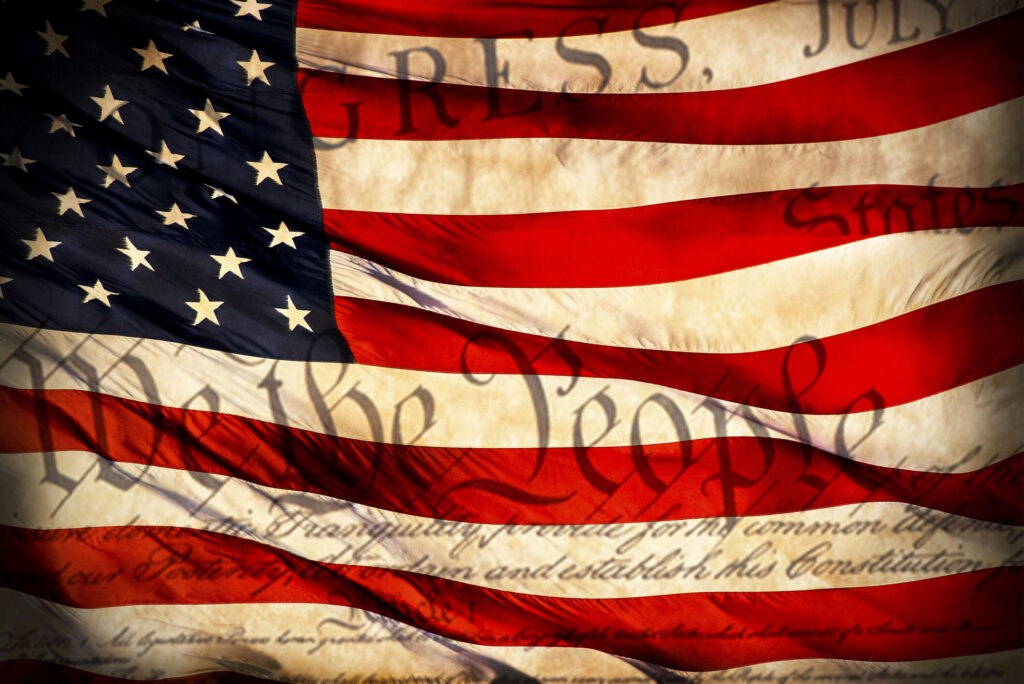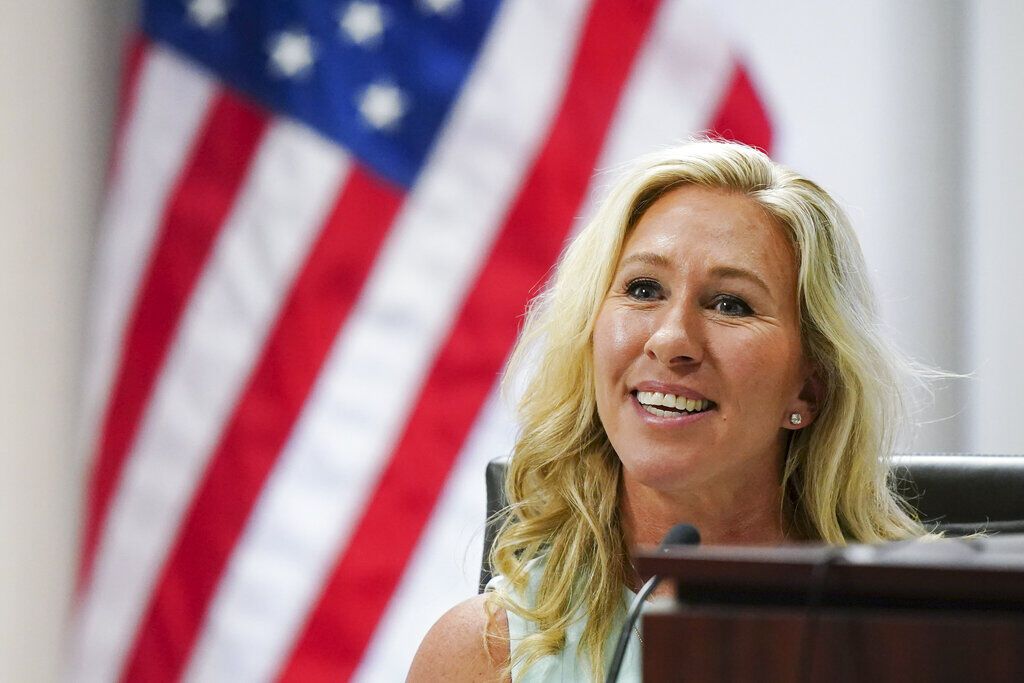Testimony from Denver police’s patrol chief closes out city’s defense in trial over 2020 protests

Taking the stand Thursday as the final witness in the ongoing trial against the city, Denver police’s chief of patrol said he believes the department made mistakes in some aspects of its response to the 2020 George Floyd protests. But he painted a picture of a police department caught off guard by the intensity of the protests and doing its best to respond to a rapidly evolving environment.
Ron Thomas portrayed the department as supportive of the messages about police reform peaceful protesters were sending during the demonstrations sparked in late May by Floyd’s death in Minneapolis days earlier, noting he walked with protesters himself during a few marches. He said several times that police have to walk a delicate line between individual rights and “the safety of many.”
“I have a great deal of respect for our profession and our responsibility to treat people humanely,” he said.
Thomas described the protests as “extremely peaceful during the day” but taking on a darker, more violent tone as night fell.
Describing his recollection of listening to the protests rapidly grow on the first day, “I could hear over the radio, it just sounded different,” he said.
Former Denver police academy trainer disputes claims about leadership during 2020 protests
Officers up and down the police department’s ranks who took the stand during the trial talked about people who threw rocks and bottles at police mixing in with peaceful protesters, which they said made them fear for officers’ safety. And it’s estimated that millions of dollars worth of damage was done to private, state and city property during the demonstrations.
Thomas said he personally has been angry that “the reasonable message of protesters was muted by those violent agitators.”
A dozen protesters have brought the federal excessive force case, now in its final days after nearly three weeks, against Denver claiming that misuse of less-lethal weapons by police during the demonstrations was the result of the city failing to properly train officers on how to respond. The protesters claim their constitutional protections against excessive force and for free speech, peaceful assembly and to petition their government were violated.
Former Denver officer Jonathan Christian has also been sued for shooting at one of the protesters, current state legislative candidate Elisabeth Epps, with a pepper ball.
Attorneys for the protesters have sought to establish that none of them ever assaulted officers or destroyed property.
Denver opens defense in trial over 2020 protests with new DPD commander of special operations
The city wrapped up its defense case Thursday. Attorneys for the protesters gave their closing statements at the end of the day, and the city will give its own Friday morning. After closing arguments, the jury will begin deliberating.
Tim Macdonald, an attorney representing the protesters, said in his ending remarks he recognizes police faced a unique set of challenges the size and intensity the Floyd protests brought.
“There is no one on our side that disputes that,” he said. “What it doesn’t do is justify” police’s actions against the plaintiffs.
Thomas talked about what he believed were mistakes by the police department in how it handled the Floyd protests. Chief among them, he said, was the decision made in the first few days to allow officers to end their shifts before they had created any needed reports about their uses of force. This was to let them rest after working unusually long hours.
Leaders quickly realized that officers’ fading memories were creating challenges for preparing the reports later, Thomas said, and so asked them to take contemporary notes about force incidents.
The protesters’ attorneys have repeatedly pointed to the department’s practice of allowing officers to make use of force reports days or weeks after incidents in question as a chief failure of how the George Floyd protests were managed.
They have also criticized the reports for using what they describe as boilerplate language repeated throughout many of the reports, suggesting department leaders coached officers on how to fill them out.
Thomas also didn’t disagree that officers used inappropriate force against protesters at times, but did not elaborate on that thread.
“There’s no doubt that there were mistakes made,” he said. Asked what lessons the police department has taken away from the protests, Thomas said, “I think what we have learned is to plan for the unimaginable,” later adding,
“We don’t have as good a relationship with the community as we thought, and we need to work on that.”













